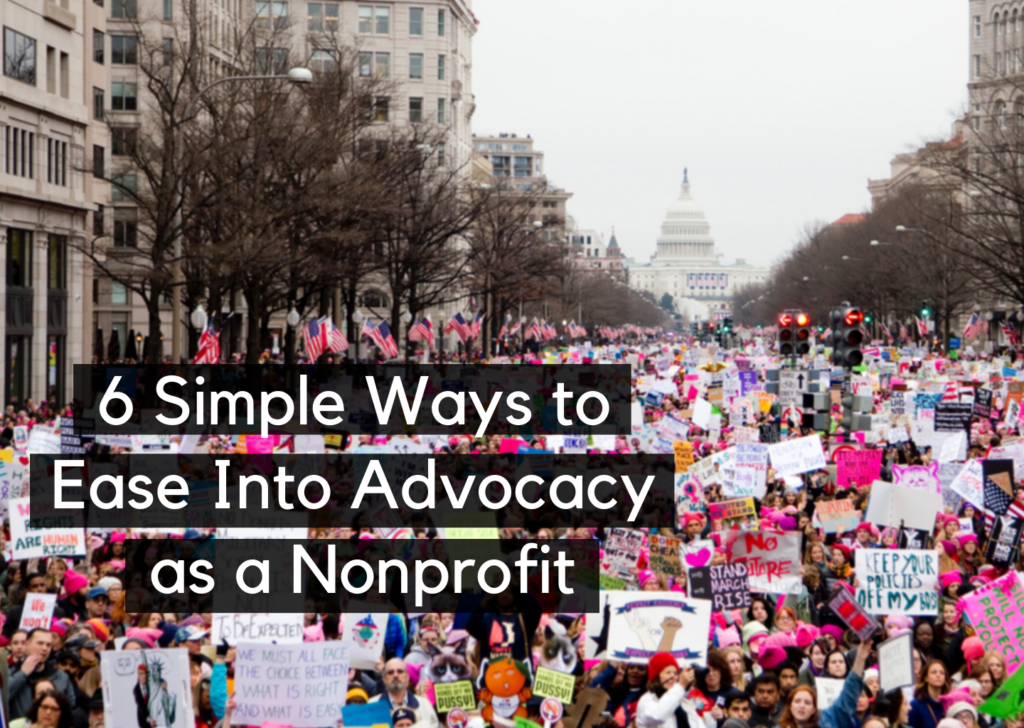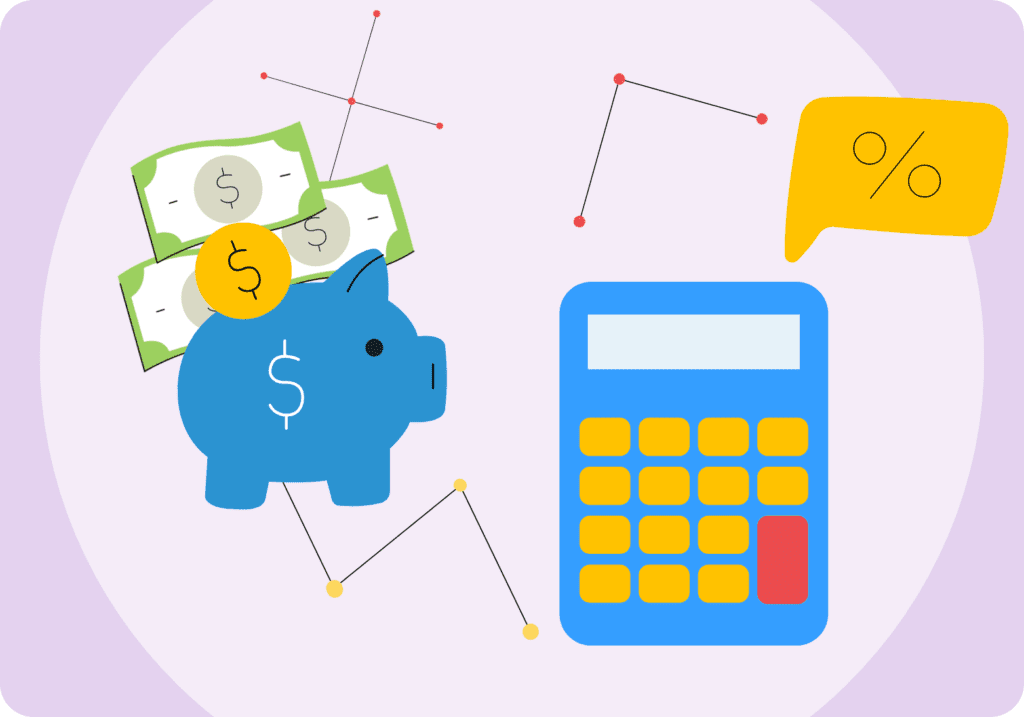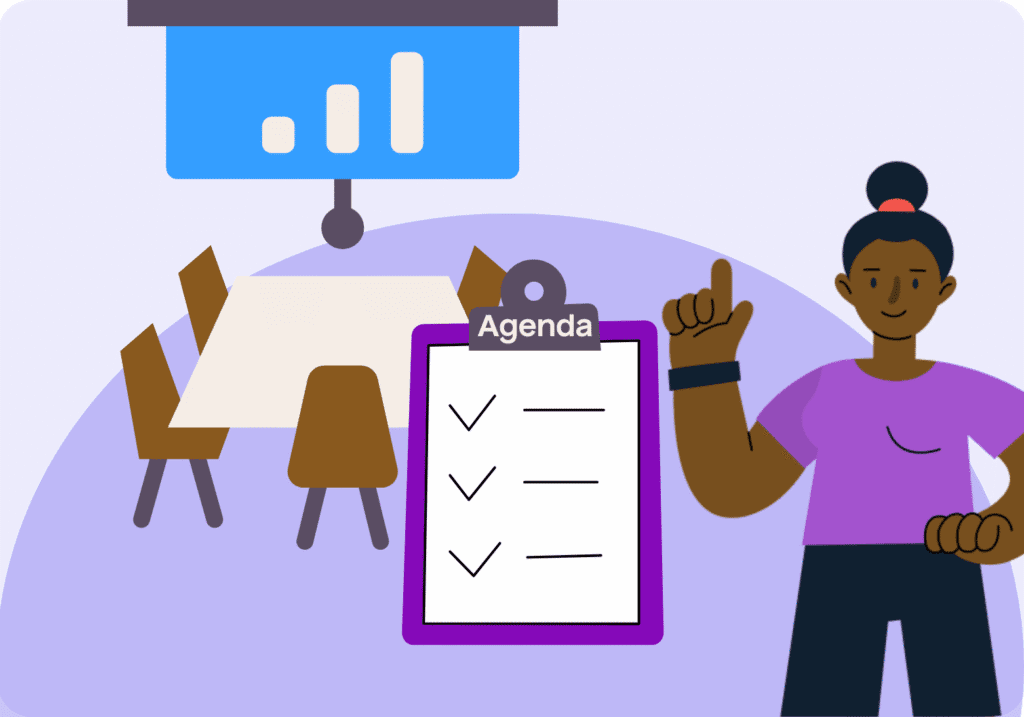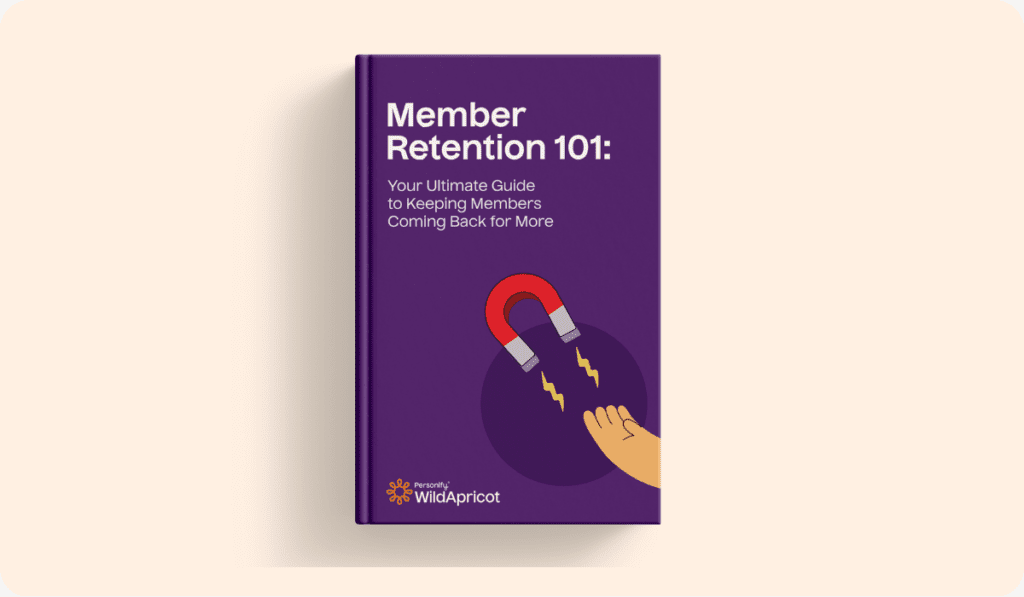The nonprofit sector is focused on solving social issues, which is a big responsibility! Your organization wants to help as many people as possible, and sometimes, the best way to create lasting change is to get people in power on your side—like law and policy decision-makers! That’s the key to nonprofit advocacy.
By engaging in advocacy, even in small ways, your nonprofit can find solutions to major societal issues. It’s about using your supporters’ voices to articulate your cause’s urgency to policymakers. And as a nonprofit professional, it’s your job to motivate these essential advocates to take action!
Start your advocacy efforts small and you’ll quickly grow the skills! Then, rallying your supporters will be a breeze. Ready to get started? In t five easy steps, you can transform your supporters into changemakers.
But first, let’s talk about what advocacy is and why it’s important.
Why Advocacy?
Advocacy is all about communication! It’s about mobilizing the general public to speak up and spread awareness about a cause. The goal is to inspire them to contact their policymakers to make change happen!
Advocacy can include direct lobbying but is not limited to lobbyists and lawyers—people from all walks play an important role!
Though advocacy campaigns can require a lot of time and resources, they’re definitely worth the effort for the long-term benefits, like:
- Higher engagement rate. In 2021, the response rate to advocacy messages was 1.8%, compared to only 0.08% for fundraising appeals.
- Higher total gifts. Connecting a fundraising appeal with an advocacy initiative can potentially triple the number of donations you receive.
Advocacy is a powerful donor engagement tool! It’s a unique opportunity to give your donors personal stakes in achieving your mission and enacting widespread change. In addition to programs, activities and fundraising events, advocacy is another way to educate your donors and supporters about your mission.
1. Research Helpful Resources
There are so many types of advocacy that it can be difficult to decide on the focus of your campaign. So, start small and leverage resources close to home as you set goals:
- Find a coalition meeting you can attend
- Convene a small group of donors to explore their legislative relationships
- Get your organization to join a sign-on letter
- Research different advocacy software solutions
Narrowing down your campaign’s focus and goals is a big step. So, it helps to take on a few small, meaningful actions that make sense for your organization to get started with your advocacy campaign.
2. Leverage Your Strengths
Your team’s outreach skills are what established your nonprofit’s place in the community—those same skills are essential to successful advocacy! Look at your staff, leaders, board of directors, donors and volunteers to identify your unique strengths.
For example, does your organization provide direct services? See if you can share the voices and stories of those impacted by your programs. Or, if you have strong corporate relationships, see if your partners can use their influence and resources towards your advocacy efforts. Play to your strengths and get others involved!
3. Join Forces with Community Allies
Advocacy rarely succeeds in a vacuum. Although that might initially seem like a barrier to getting things done, it’s actually a massive opportunity for your nonprofit to join in on community advocacy efforts.
Start by learning about organizations that are leading the public policy charge in your sector and join forces with them. You might identify potential allies by the following criteria:
- Which organizations have lobbyists
- Which organizations run the coalitions
- Which organizations have well-connected board members or leaders
Not only strengthening your shared cause, these partnerships also give the chance to learn from more experienced advocates. Listening to discussions, hearing strategy ideas and considering possible policy solutions will all be great opportunities to sharpen your skills for policy change and supporter engagement!
4. Engage Organizational Leadership
Your leaders set the direction of your organization and determine how staff spend resources and time. So, for successful advocacy where everyone’s on board—from the staff to donors —you’ve got to start with your leaders!
If you’re not your nonprofit’s executive director or board president, you’ll need to win their support for the campaign. If you are an organizational leader, bring together your most active donors or supporters and get them excited about fighting for your cause.
Are any of your board members active in the corporate community? Reach out to see if they’d be willing to leverage their business connections for your cause. According to Double the Donation, corporations gain a reputation boost by acknowledging and supporting relevant advocacy groups. So, it’s a win for your organization and for the business partner!
Engaging your leaders is a ripple effect; you’ll inspire others across your organization—and beyond—and be more successful.
5. Collect and Analyze Data
No matter if you’re running a fundraiser or an advocacy campaign, collecting data is crucial for making strategic improvements. Discern which metrics you want to track based on your campaign’s goals, such as:
- Total number of advocates
- Impressions on social media
- Total amount raised for the cause
- Conversion rate
- Governmental/policy shifts relevant to your cause
Understanding where your organization stands on all of these fronts will help you keep the campaign focused and pinpoint areas for improvement. They’ll also help you determine success and report accurate data to your stakeholders.
Besides gauging the actual campaign’s results, engaging in advocacy puts you in a unique position to collect data about your supporters. For example, you’ll learn more about their interests, which can help you tailor your communications and coordinate fundraisers in the future. This will help you engage them in more meaningful ways — and raise more money!
According to Grassroots Unwired, the best way to store your data is with advocacy software. Bolstering your efforts with powerful technology will make the difference between an organized, effective advocacy campaign and an unsuccessful one.
By taking a small step to think about your data and systems, you can begin to chart how you can collect — and use — all the data you need to be successful!
Wrapping Up
Remember – engaging in advocacy does not need to be daunting! It should empower you to know that your nonprofit can motivate collective action to reach the most powerful policymakers.
Plus, advocacy can strengthen your nonprofit’s relationships with donors and supporters. So, ease your way into advocacy by investing in the right technology, getting your leaders on board and connecting with other like-minded organizations. In no time, you’ll start seeing the impact on your mission!








